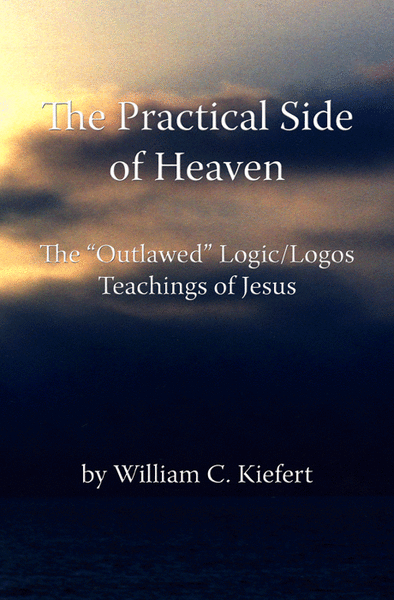
Learn more about The Practical Side of Heaven
Copyright William C. Kiefert. All Rights Reserved.
Chapter Two, Part Four: Is Traditional Logic Credible?
Lovers understand the limitations of either/or categories to express what their hearts know and their emotions and feelings desire to convey. It is not true that lovers are either one with their beloved or separate from them. Lovers feel both “one” with their beloved, and yet they know, too, that each is a separate individual. Christians claim that we are “one in Christ,” and mystics assert that we are “one in God,” yet we obviously have separate physical bodies occupying distinct and unique places in space and time.
In his conception of quantum physics and in the formulation of his Uncertainty Principle, Werner Heisenberg (1901-1976) must have reasoned in both/and categories in order to reach his conclusion that particles could exist without having a definite knowable velocity and position simultaneously. Ordinarily, what physicists call “particles” will have definite positions and velocities which can be known at the same time. The Heisenberg “particles,” however, do not meet the strict criteria of having definite knowable simultaneous positions and velocities, and yet they are still “particles.” With light, the situation is even more bizarre: Physicists think of light as both a wave and a particle. But a particle is not a wave, nor is a wave a particle, yet light somehow is both. The either/or categories of Aristotelian logic fail to comprehend this situation adequately.
Albert Einstein (1879-1955) had to give up either/or thinking when he formulated his theory of relativity: The same object, moving at a high percentage of the speed of light, would change its length and mass. For example, Object A at rest has a particular length and mass. However, at 9/10 the speed of light, Object A has a different length and mass, but it is still the same object. To think that length and mass, and time too, change with velocity is a revolutionary concept, which does not fit the idea that Object A has either one or another definite length and mass.
Do these ideas make sense? Don’t they seem contradictory? Yes, if judged by the standards of Aristotelian logic; yet maybe also profoundly true! How can that which is contradictory be true? Maybe they are not contradictory if judged by another logic. Maybe there is another way of reasoning. If so, this other reasoning might enable us to harmonize our hearts and minds, our feelings and intellect, our spirit and our reason. If we could adopt a new reasoning, the world might become unrecognizably different.
